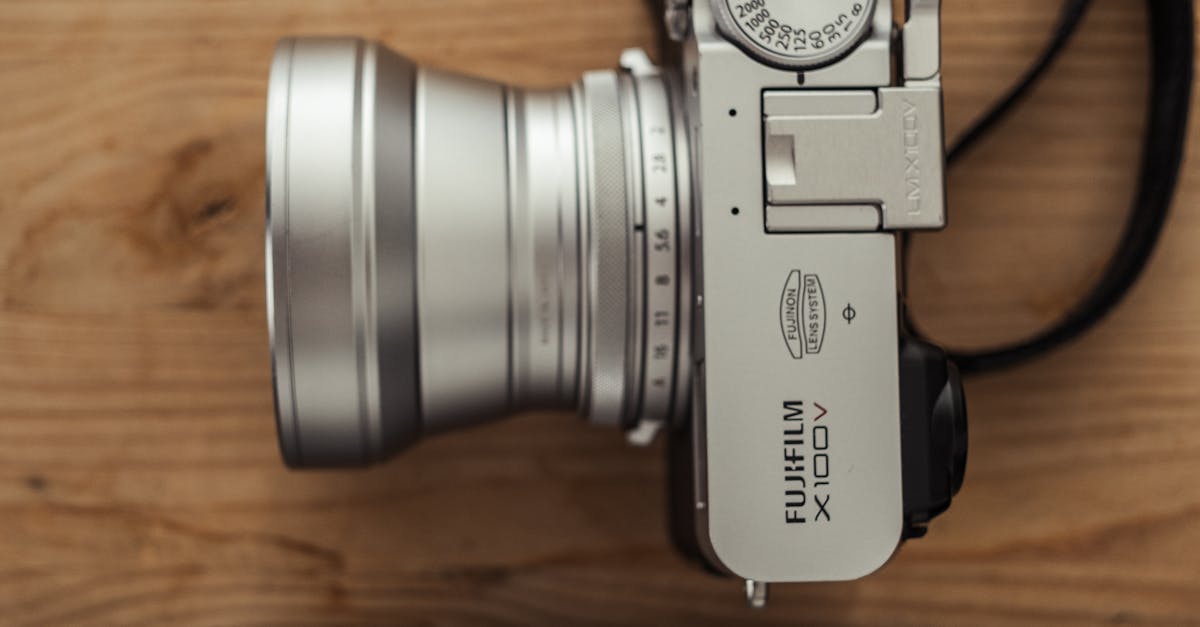Best Practices for Optimizing Illumination in Sewer Camera Inspections

Table Of Contents
Overcoming Lighting Challenges in Complex Sewer Systems
Navigating through complex sewer systems presents unique challenges when it comes to ensuring proper illumination for sewer camera inspections. The intricate layout of pipes and chambers often results in shadowy areas that can impede the visibility needed to thoroughly assess the condition of the infrastructure. To address this issue, it is crucial to strategically position lighting sources in a way that minimises shadows and maximises coverage.
rategically placing these lights at different angles, inspectors can mitigate shadowing effects and improve the overall clarity of the inspection footage. Additionally, investing in high-quality, waterproof LED lights that offer adjustable brightness levels can significantly enhance visibility in challenging environments, ensuring comprehensive and accurate assessments of sewer systems.
Strategies for Illuminating HardtoReach Areas
When it comes to illuminating hard-to-reach areas during sewer camera inspections, it is imperative to utilise innovative lighting solutions that can provide optimal visibility. One effective strategy is to employ flexible LED light panels that can be easily manoeuvred into tight spaces, ensuring that even the most inaccessible areas are well-lit for thorough inspection. Additionally, using adjustable light angles can help to eliminate shadows and enhance the clarity of the images captured in challenging environments.
Another valuable approach is to make use of portable light sources such as handheld LED torches or battery-operated work lights. These compact lighting tools can be strategically positioned to illuminate specific areas of interest within the sewer system, allowing inspectors to identify potential issues with greater precision. By combining different light sources strategically, inspectors can overcome obstacles posed by hard-to-reach spaces and effectively navigate complex sewer systems for comprehensive assessments.
Enhancing Visibility in Dark or Enclosed Sewer Environments
To ensure optimal visibility in dark or enclosed sewer environments, it is essential to utilise high-quality lighting equipment that can effectively illuminate the area of inspection. LED lights are particularly beneficial in these conditions due to their brightness and energy efficiency. Positioning the lights strategically to eliminate shadows and glare is crucial for enhancing visibility during sewer camera inspections in dark or enclosed spaces.Inspection Push Cameras
Additionally, considering the installation of adjustable lighting fixtures can provide versatility in directing light to specific areas of interest within the sewer system. This adaptability allows inspectors to focus on key details without being hindered by poor visibility. Moreover, choosing lighting equipment with a wide beam angle can help to evenly illuminate large sections of sewer pipes, enhancing overall visibility and the quality of the inspection footage captured.
Using Auxiliary Lighting Equipment Effectively
When it comes to sewer camera inspections, using auxiliary lighting equipment effectively can significantly enhance the quality of the footage captured. Auxiliary lighting equipment such as LED lights or powerful torches can help illuminate dark and hard-to-reach areas within sewer systems, providing better visibility for thorough inspections. By strategically positioning auxiliary lighting sources, inspectors can ensure that even the most shadowy corners are well-lit for accurate assessment of the sewer condition.
Inspectors should be mindful of the type of auxiliary lighting equipment used, opting for waterproof and durable options that can withstand the harsh environment of sewer systems. Additionally, choosing lighting equipment with adjustable brightness settings can offer flexibility based on the specific lighting conditions encountered during inspections. Proper training on how to use auxiliary lighting equipment effectively is crucial to maximising its benefits and ensuring that inspections are conducted with precision and accuracy.
Best Practices for Extending the Lifespan of Sewer Inspection Lights
Related Links
Factors to Consider When Selecting Illumination for Sewer CamerasImportance of Proper Lighting in Sewer Cameras